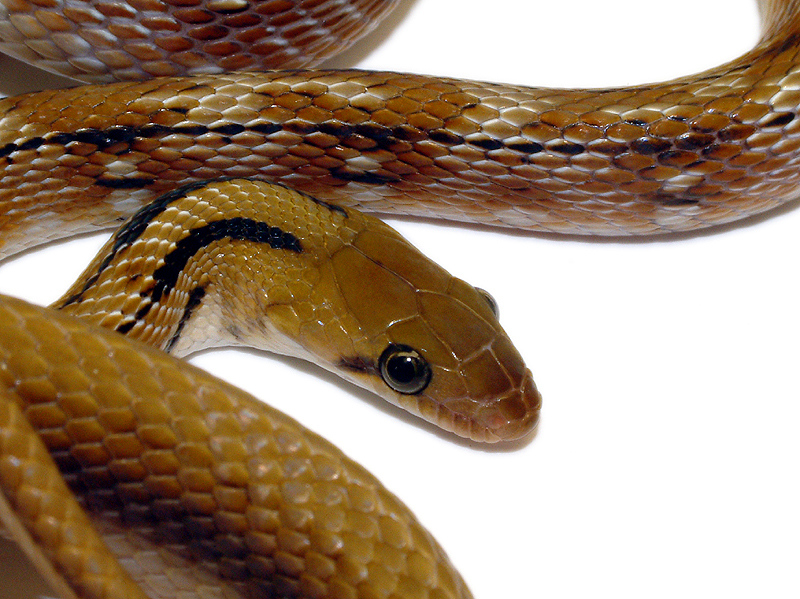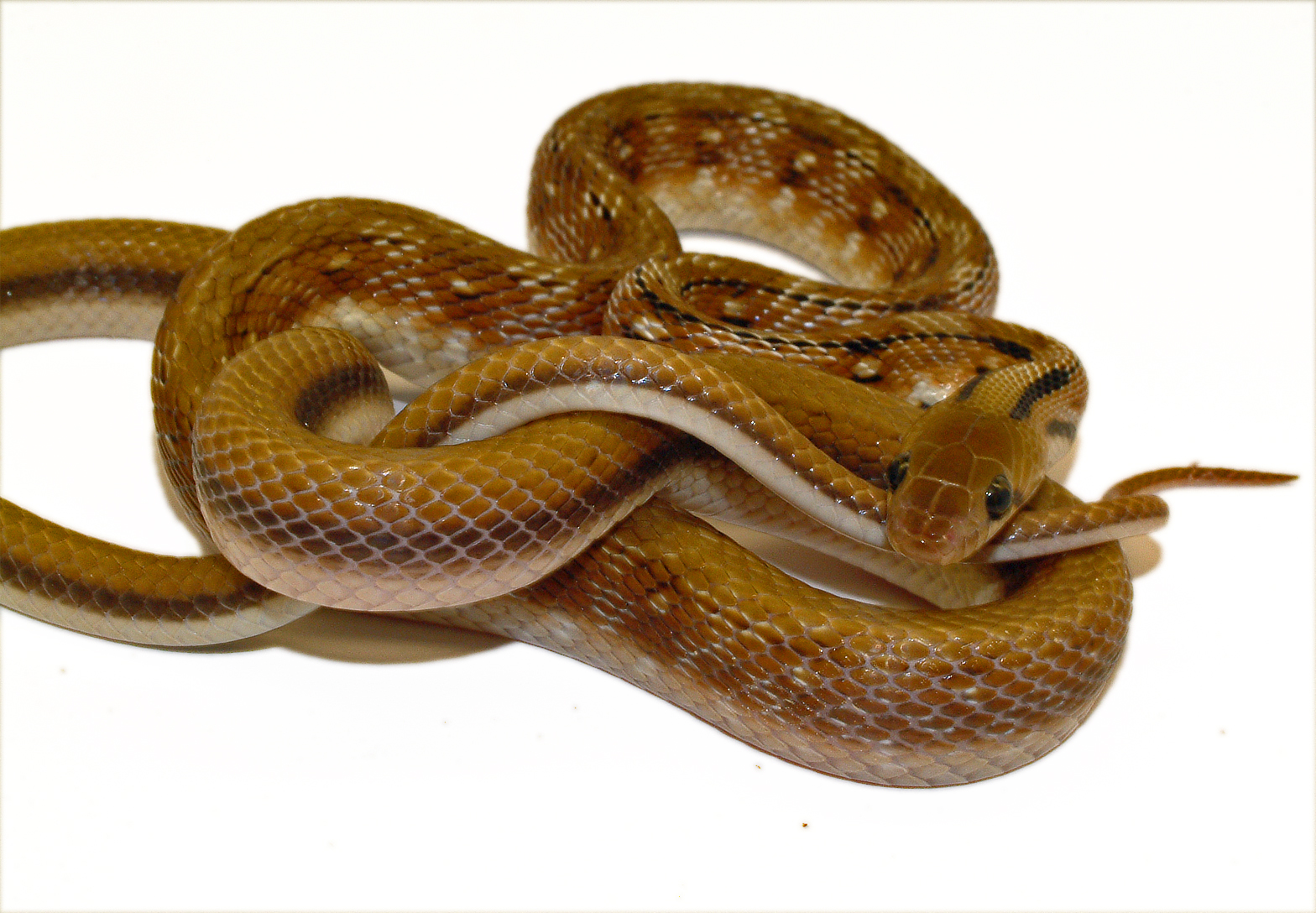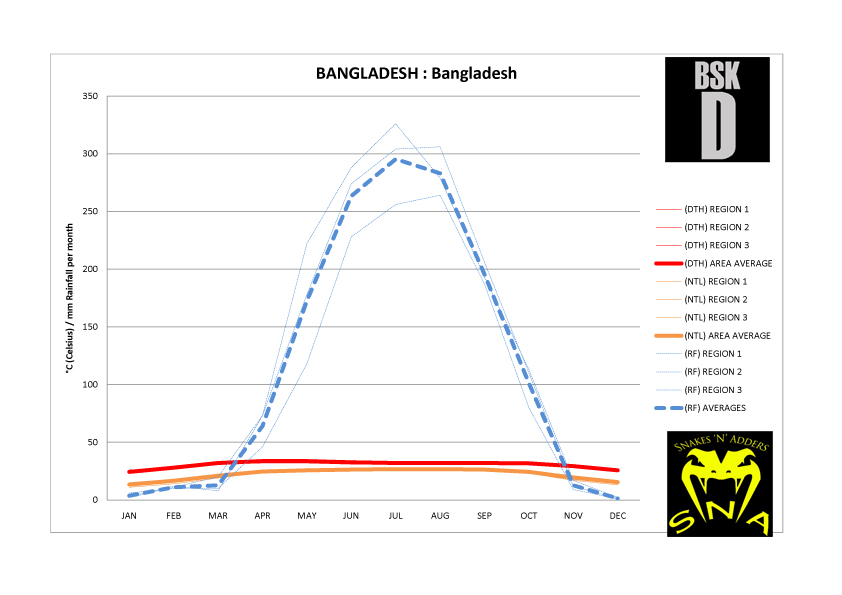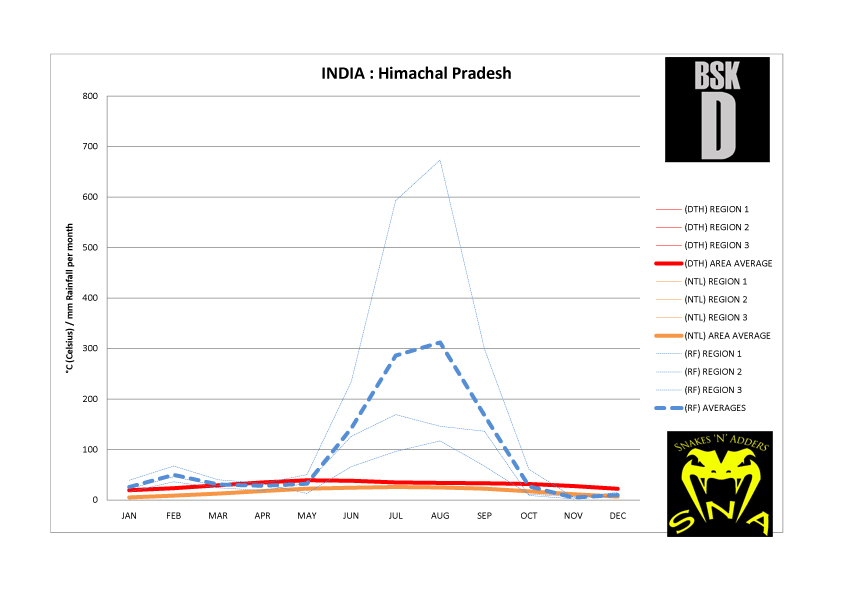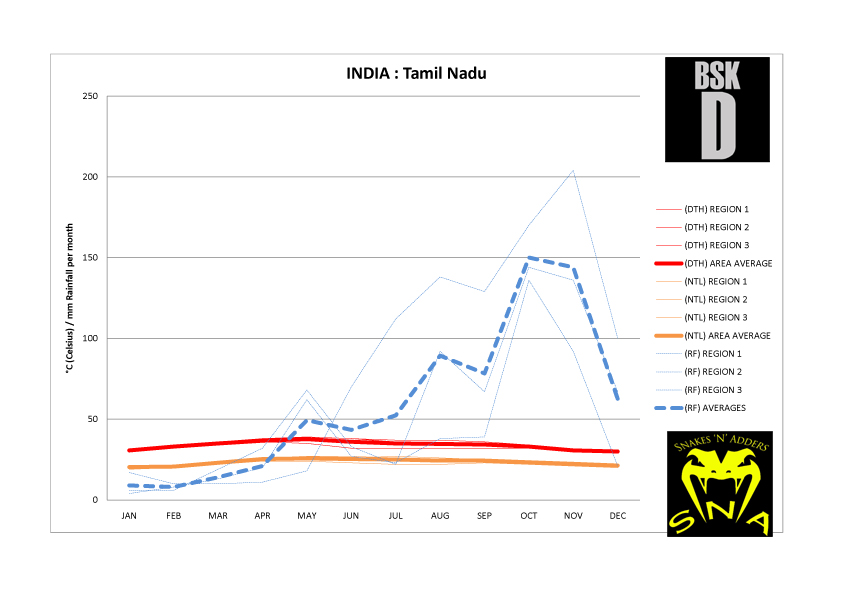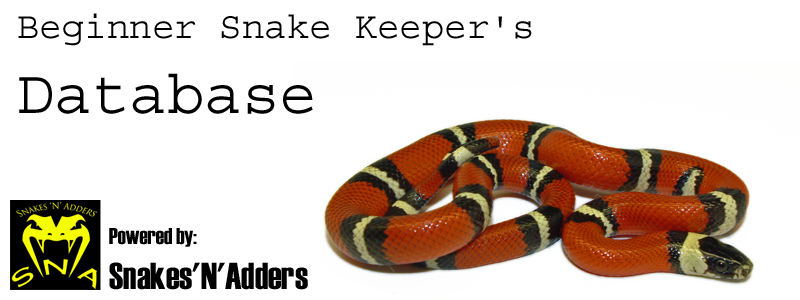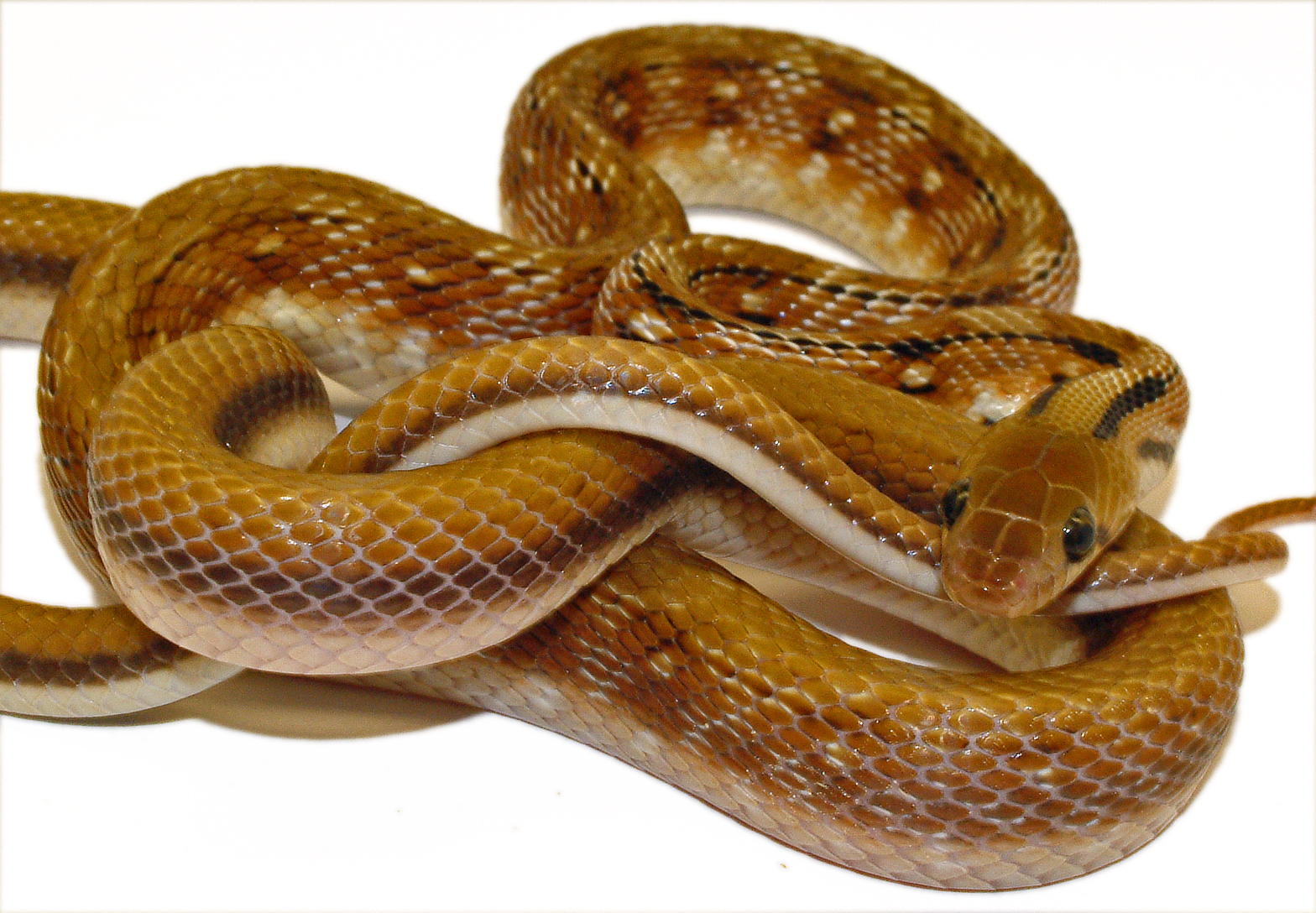
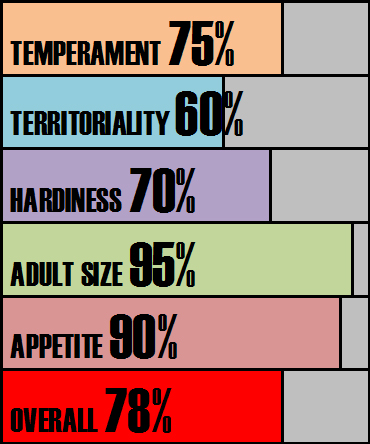

Species Notes based on experiences:
When you first look at a Trinket Snake you would be forgiven for thinking it was a member of the Stripe Tail Rat Snake Clan (Orthiophis taeniurus). When it actual fact it belongs to the somewhat more troublesome to keep genus Coelognathus. The Trinket Snake is the easiest of this genus to maintain. There are issues with the species however. There temperament as babies can leave some to be desired. They will actively fend off a would be handler by raising up and inflating their throat (a common trait amongst Coelognathus). As in most instances this usually subsides once being handled but they will try to stand their ground to dissuade you from picking them up. This is a very manageable species with an adult size of only 4ft. The snake remains elegant in build and is noticeable slimmer than the Northern American Rat Snakes. This species has a huge range and is proven to adapt to a number of biomes and altitudes. This is however within the Indian subcontinent.
This is a prodigiously productive species and a brumation would be required to switch the breeding attempts off. The snakes would not be fed during this period.
Score analysis:
Temperament improves with age and whilst babies can be a little feisty this generally speaking is a compliant species in the hand. Youngsters may bluff strike or even defeacate with fear. The keepers job is to make the snake realise you mean no harm. Dont take this personally. Trinket Snakes can become gloriously tame. This is a species where the saying ‘You get out what you put in’ applies perfectly.
Territoriality has been scored on the basis that this is a yearling animal used to being socialised. In this regard it may flatter babies somewhat. Babies can be determined not to be picked up and show their distrust of handlers. Their throat inflates and the anterior part of their body raises up into a serious of ‘S’s. As with some many snakes this score will improve substantially as time progresses with regular work.
The Indian subcontinent does present certain challenges to humans with the harshness of the environment. Reptiles however are perfectly adapted to their environment and as such cope far better. This translates to a not particularly needy species. Even the most generalised of snake care will see this species thrive. This species would not have to endure the hardships of the Canadian, Russian and Chinese Species.
Fully mature at around 120cm in length. They remain slender in build and would have a build more commonly associated with Racers and Whip Snakes than Rat Snakes. Whilst tame this somewhat faster and inquisitive species may cause consternation amongst novices. More confident handlers will have no issue.
Trinket snakes feed well, and are active constrictors of their prey who like to put on a show vigorously throwing coils around their prey. Babies can be so preoccupied with you entering their enclosure that they will not feed from tongues. Because of this tendancy to be high strung you may be better leaving the food in with them over night or placing them in a small opaque ventilated container to consume their prey.
Enclosure recommendations:
Tub:
33 or 50 ltr
Vivarium:
120cm x 45cm x 45cm
Budget rig: -
40cm x 30cm heat pad
On / off thermostat
Digital thermometer to monitor thermostat performance
Warm hide
Cool hide
Water bowl
substrate
Recommended rig (vivarium only): -
150w ceramic heat emitter
Ceramic lamp holder and bracket
Bulb guard
Day night thermostat
Digital thermometer to monitor thermostat performance
Various logs and caves along the thermal gradient
Damp hide
Climbing and exercise branches
Plants and foliage (live or artificial – your choice)
Water bowl
Substrate
UVB light (8w T5 shade dweller 7% kit from Arcadia or equivalent) (optional)
Subterranean section to vivarium for further psychological security (optional)
Climate analysis:
As much as people associate India with being hot and dry this according to data could not be further from the truth. Some of the months rainfall here are the wettest on the entire website. Some regions clocking up to 600mm+ in a single month (Himchal Pradesh, August). These wet seasons are fleeting however and protracted dry periods do seem to return. Rainfall and resultant spikes in humidity level do not seem to act as a trigger for these snakes and their breeding attempts as it occurs year round. No real benefit comes to the snake by drenching them for part of the year and may in actual fact cause skin problems, swell and warp wooden vivaria. To hedge your bets use a damp box of moist subterranean hide to ensure good shed cycles.
Conclusion:
This is a lovely snake and whilst the score may not flatter it do not dismiss it out of hand. This is down to the individual. If you have the opportunity to see one see what it is like in hand. There are examples that are totally tame and laid back. With attrition of 22% because of their qualities on average this may be a second or third species rather than a species for an introduction to the hobby.
